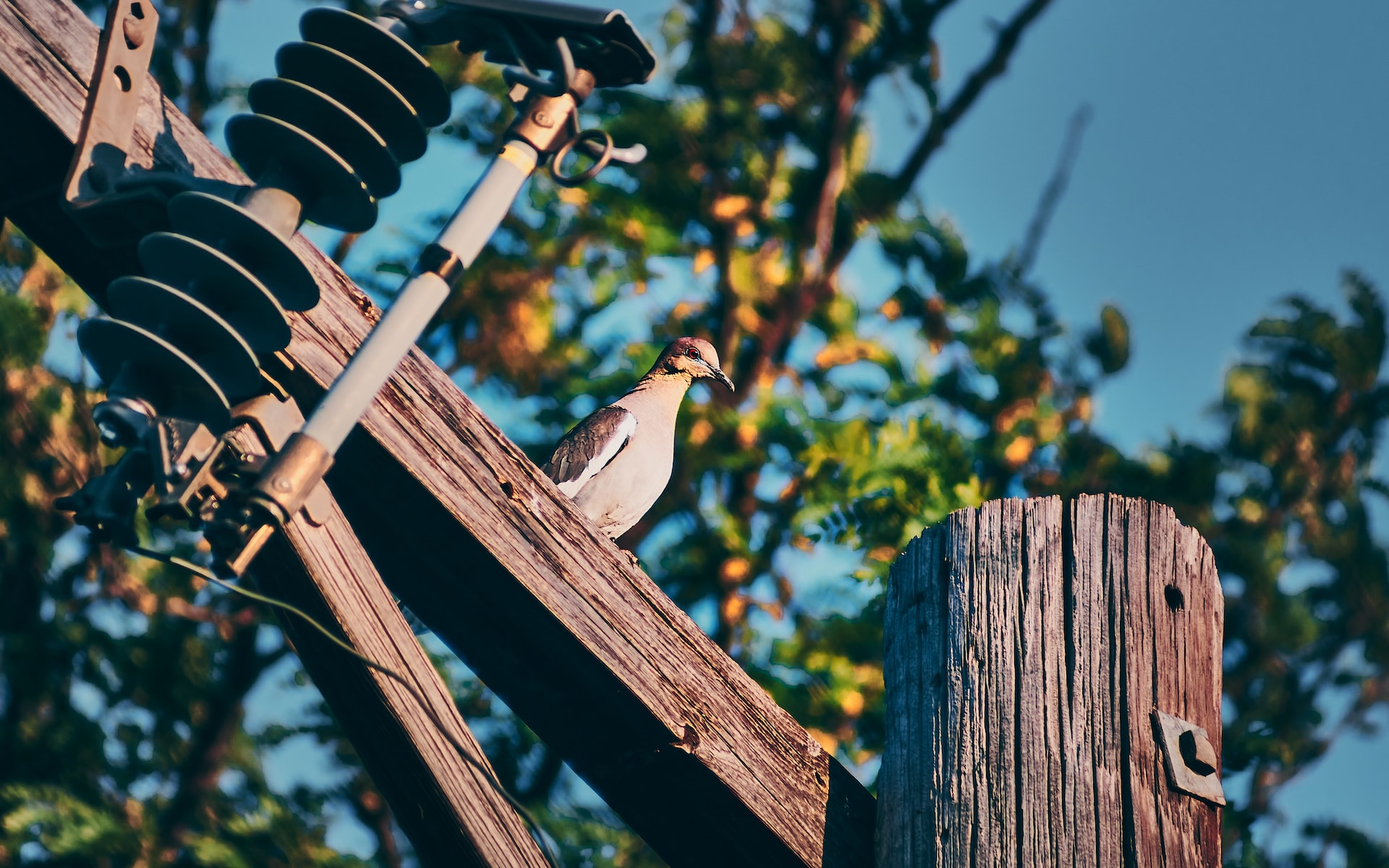Creating an Ideal Environment
Creating a peaceful, safe haven for mourning doves in your garden establishes a serene environment for these gentle birds. Featuring a soft cooing sound, they add soothing music to your outdoor space. To attract them, consider integrating certain amenities into your garden design, like open ground feeding areas and shallow birdbaths.
A protective area, just dense enough for nesting is appealing to these birds. But, it’s important to strike a balance – a spot too accessible might invite predators, while an overly secluded area may go unnoticed. As for nesting, mourning doves make simple scrapes on the ground or use abandoned nests. Hence, you may leave a part of your garden wild, with scattered pine needles, grass clippings, and twigs that can make a potential nest.
While mourning doves aren’t overly shy of human interaction, they do appreciate quiet and a little distance. Make sure to place bird-friendly amenities away from highly frequented areas in your garden. This way, you can still enjoy their presence without scaring them away.
Food Preferences of Mourning Doves
Mourning doves primarily feed on seeds, and scattering sunflower, safflower, and thistle seeds on ground feeders or flat surfaces is a sure way to attract them. Darting rapidly with bursts of flight, they munch on up to 20% of their body weight daily, so keep that feeder filled!
When it comes to feeders, mourning doves prefer flat, raised platforms or larger tube feeders with spacious perches. Birdfeeding stations or atop fence posts can also serve as perfect feeding spots. Remember, however, to place these feeders in quieter areas of the garden to offer them calm meal times.
Integrating plants that produce seeds also encourage these birds to visit. Plant annuals like daisies or sunflowers, or other seed-bearing perennials. Along with native grasses, they not only attract doves but also enhance your garden aesthetics.
Importance of Water Sources
Consistent water sources are crucial for these birds. Whether it’s for drinking or a refreshing bath, mourning doves are commonly seen around birdbaths. However, they are not comfortable deep-divers and prefer shallow water sources, ideally 2-3 inches deep.
There is an array of bird baths available in markets, but simple DIY types can work equally well. Try placing flat-bottomed dishes filled with fresh water around your garden. Also, play around with the height – place some on the ground, others on slightly elevated surfaces like stumps or low tables.
Maintenance is key to keep the doves coming back. Regularly refill and clean birdbaths to prevent growth of algae or spread of diseases. In cold winter months, use a heated bird bath to provide them with an unfrozen water source.
Protection from Predators and Weather
Despite their rapid flight, mourning doves do face threats from predators, particularly cats. Therefore, arranging feeding areas and birdbaths in open areas with a clear line of sight could be a lifesaver. This way, the doves can spot any approaching danger early and escape in time.
To protect from harsh weather, providing cover can help. Natural vegetation, shrubs, or small trees can serve as good shelter points. They often seek dense foliage to roost or rest during the day. It’s better to offer various levels of sheltering options to cater to their varying needs.
If you have pets at home, it’s essential to train them to behave responsibly towards these birds. After all, you wouldn’t want your efforts in attracting the birds to go waste when they feel threatened by your pet!
Maintaining and Enhancing the Dove-Friendly Environment
Once your garden becomes a hotspot for mourning doves, maintaining this environment becomes crucial. This involves thousands of little facets, like constantly refilling feeders, clean water provision, and ensuring the area remains quiet and calm as much as possible.
To improve this environment gradually, consider additions like more seed-producing plants or a new type of feeder. Experiment until you notice what works best. Remember, any changes should be made gradually to not overwhelm these delicate creatures.
The magic of wildlife doesn’t have to stop at doves alone. You could integrate features that attract other bird species or butterflies, provided these do not disturb the dove habitat. A well-balanced, multi-species garden, after all, brings greater joy!

